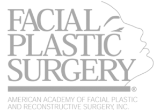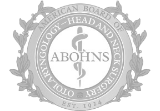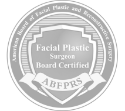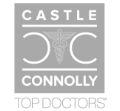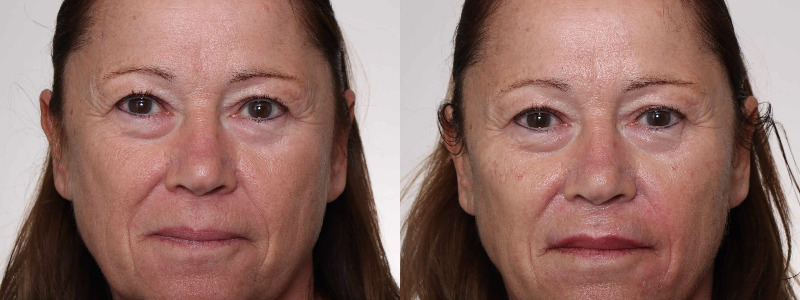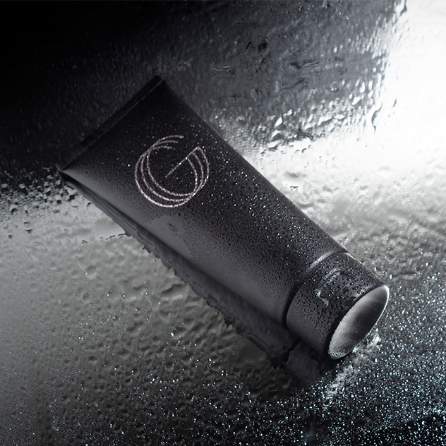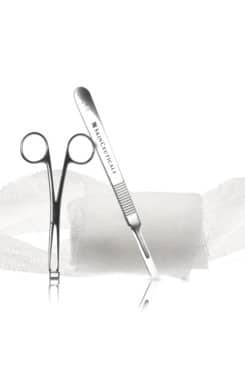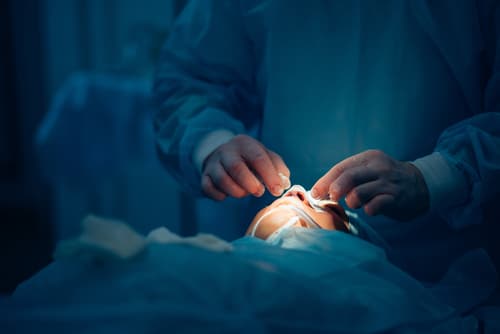While facelift and neck lift surgery are often necessary for patients with advanced signs of aging, many patients under the age of 50 can achieve satisfying results with what is known as a non-surgical facelift. A non-surgical facelift addresses many of the same issues as a surgical facelift, such as wrinkles and poor skin tone, but it relies on the use of injectables rather than surgical techniques.
WHAT ARE THE ADVANTAGES OF A NON-SURGICAL FACELIFT?
If you’re a good candidate for a non-surgical facelift, you’re in luck. This procedure has a number of unique benefits versus conventional facelift surgery:
- You will not have to take any time off work to heal. Because no incisions are made during a non-surgical facelift, you will not have to be put under anesthetic and you will not need to rest after this procedure. You can return to work immediately after you have a non-surgical facelift.
- Non-surgical facelifts are incredibly convenient. Not only does this procedure boast a lack of healing time, injectable treatments are quick to administer. You can expect your whole appointment to take about half an hour.
- There is a lower risk of complications. Unlike surgical procedures, injectable treatments do not pose a risk of scarring, infection, significant pain, or severe swelling. (Some mild pain or swelling around the injections sites may occur.) Adverse reactions to injectable compounds are also rare.
- Non-surgical facelifts are more affordable. The average cost of a complete non-surgical facelift is $2000-3000, compared to $7000-$10,000 for a surgical facelift.
Note that non-surgical facelifts do have certain limitations, too. Unlike facelift and neck lift surgery, they cannot treat deeper structural issues, i.e., they cannot repair facial musculature that has started to sag. Injectable compounds are also incapable of removing loose skin from the face and neck. If you have distinct jowls or folds of skin on your neck, a full facelift and neck lift might be more appropriate.
Corrects

- Mild to moderate aging
- Hollowness and facial thinning
- Sagging and loss of volume
Benefits

- No downtime
- No incisions
- Instant results

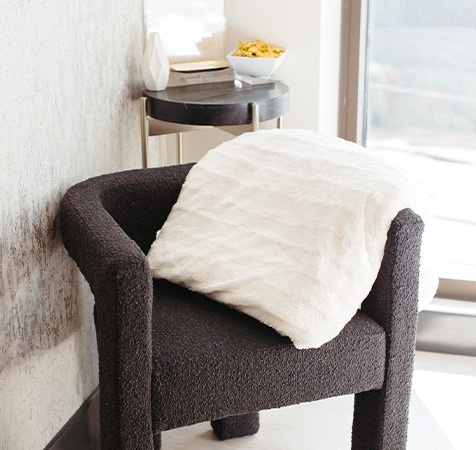
ELEVATE YOUR CONFIDENCE
IN A LUXURY SURGICAL PRACTICE
Investing in your confidence is a big step, and your choice of facial plastic surgeon should reflect it. We offer a premier, luxury environment where you can focus on yourself.
With the help of our professional and knowledgeable team, you can begin your journey toward a more confident you. We’ll take every step to ensure you feel comfortable, pampered, and acknowledged. Begin your refined and cultivated experience here at Gilpin Facial Plastics & Aesthetics.
HOW IS A NON-SURGICAL FACELIFT PERFORMED?
During a non-surgical facelift, a neuromodulator (Botox) will be injected into key “problem areas” where dynamic wrinkles usually form. Once injected, this compound prevents the muscles from receiving signals from the brain, causing them to relax. As a result, the wrinkles associated with certain facial muscles also disappear. Botox’s results can last for as long as 3-4 months, at which point you can choose whether or not you want to have another set of injections administered.
In addition to using Botox, Dr. Gilpin injects compounds called “dermal fillers” into the patient’s skin. These compounds, which are derived from substances that occur naturally within the human body, can “fill in” deep wrinkles and hollows under the cheekbones and eyes. Dermal fillers are also useful sculpting compounds. They can be used to increase the volume of the lips and they can be used to correct minor imperfections on the nose. Dermal fillers can also be used to raise old acne scars so that they sit evenly with the rest of the skin.
Dr. Gilpin uses only safe, effective dermal fillers that have been approved by the FDA:
- Juvederm Ultra XC and Juvederm Ultra Plus XC – targets flat lips, deep wrinkles around the nose and mouth, and lines around the lips.
- Restylane – can plump lips, fill out marionette lines and nasolabial folds, and smooth out lip lines.
- Restylane Lyft – lifts deep wrinkles.
- Voluma – lifts deflated areas on the cheeks.
He employs fillers that are made out of hyaluronic acid (HA), a natural substance that your body uses to help keep your skin hydrated. Because this compound is already present in the human body, allergic reactions to HA are extremely rare and the substance is not toxic in any way. If you have any questions about the safety of dermal fillers, feel free to reach out to us; we’ll be happy to set your mind at ease.
Even with all the different options available for patients, we should stress that your injector is the most important aspect of your non-surgical facelift. While it’s crucial that your injector choose the right combination of injectables, it’s important for them to have the right technique to avoid an “overdone” or “overfilled” look. A skilled, experienced injector will be able to create less painful injections, longer-lasting results, a more natural look. It’s why so many patients choose Dr. Gilpin, a true expert in facial aesthetics, to perform their non-surgical facelift.
PATIENT REVIEWS
BOOK YOUR NON-SURGICAL FACELIFT CONSULTATION WITH DR. DAVID GILPIN
Looking younger doesn’t have to be a painful or complicated process. If you don’t need surgery, or you’re simply not ready to try a surgical approach yet, then the non-surgical facelift might be the ideal anti-aging procedure for you. Contact Gilpin Facial Plastics at (615) 551-9823 to schedule your consultation today.
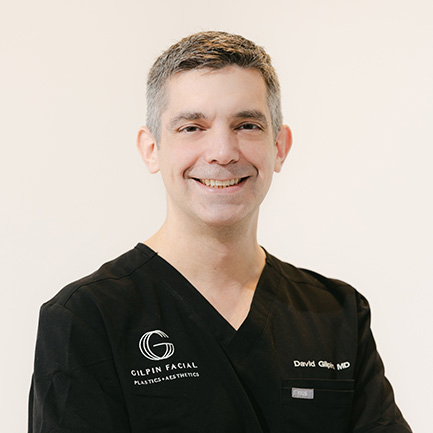
David Gilpin, MD
Dr. David Gilpin is a native of Nashville, TN. After graduating from Vanderbilt University with a degree in Biomedical Engineering, Dr. Gilpin pursued his M.D. from The University of Tennessee…
Meet The DoctorHAVE A QUESTION?
Are you looking to enhance your appearance and boost your confidence? Complete this form to learn more or schedule a consultation with one of our experts at our Nashville, TN office. From facial plastic surgery to lasers & aesthetics, we offer a variety of services that help you put your best face forward.
Ask a Question

